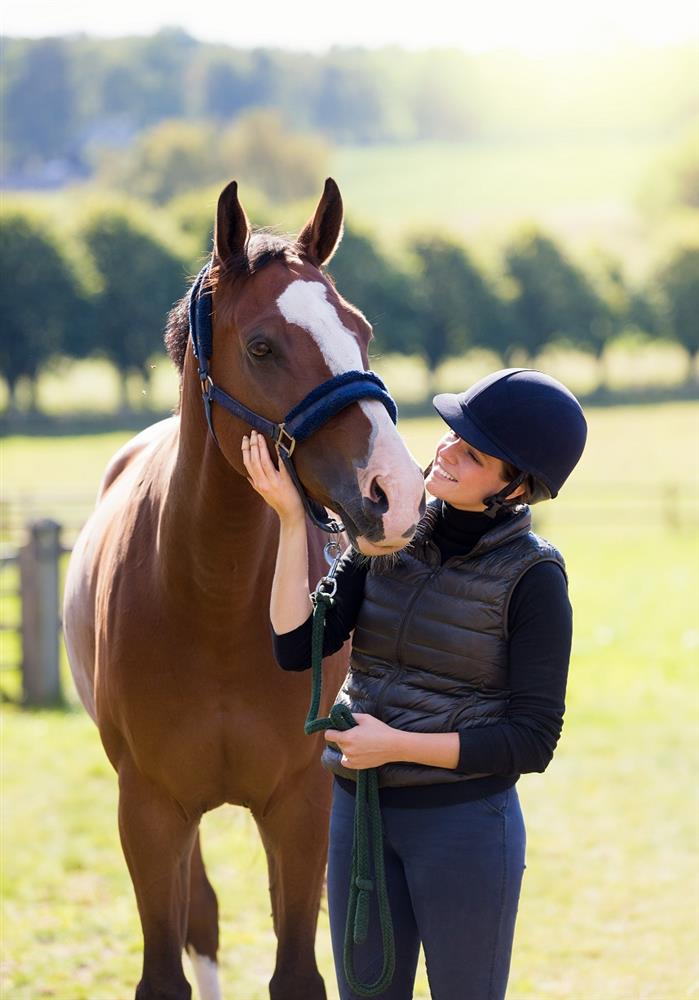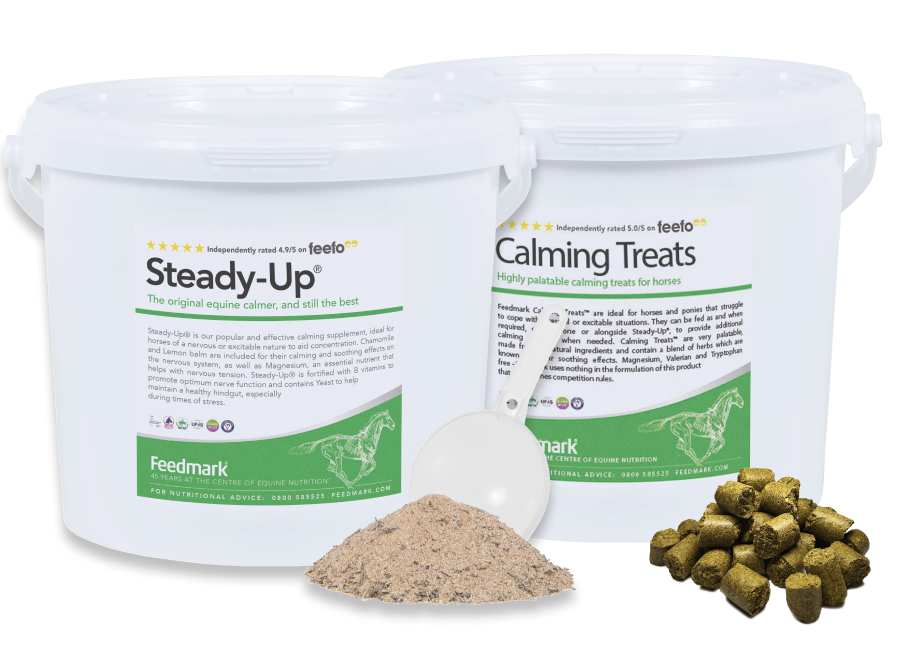Whilst some of us like our horses’ stables and tack to be immaculate, we often forget to keep on top of cleaning our feed rooms. It can be easy to put it off but here are some reasons why it is important to maintain feed room hygiene, along with some organisational advice.
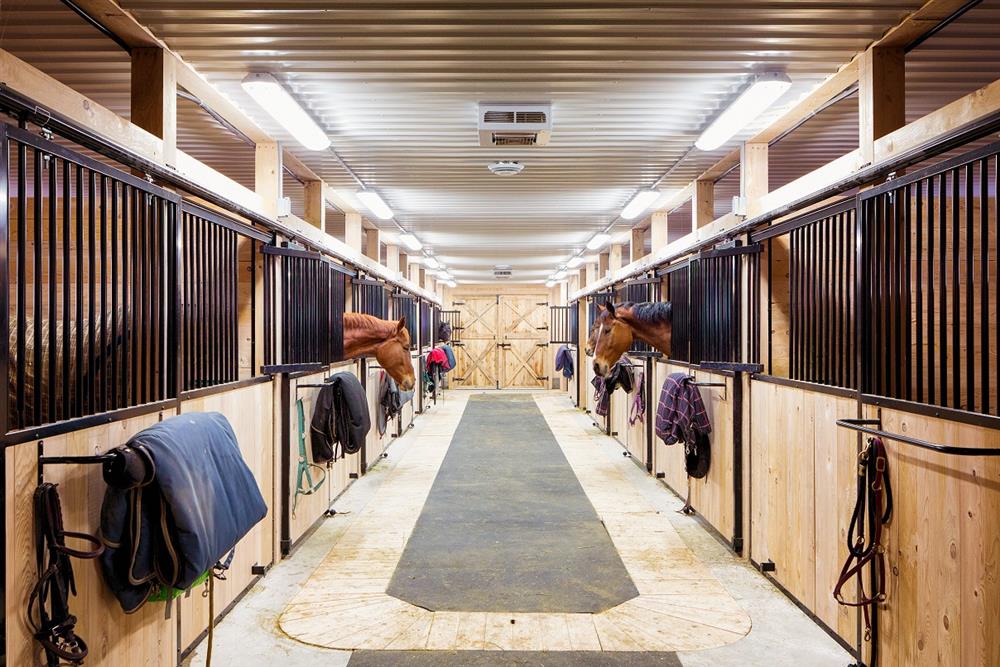
Storing your feed
It is important to properly store your feed to maintain its nutrient level. Try not to store feed on the floor. Feed bins are common in many feed rooms whether they be metal, plastic or wooden. It is advisable not to use wood to store feed, especially those with high oil content, as they can be harder to disinfect and stay dry.
Don’t be afraid to pull them out and check for rodent activity. This could be the perfect opportunity to wash them out as they may have been sat there for a while. Disinfectant can be used to regularly clean your feed bins, buckets, water buckets, spoons and feed scoops. Ensure that the feed bins are dry before refilling them.
Warm and humid weather can increase the risk of moulds and bacteria so keep the room cool and dry with good ventilation.
Don’t top bins up with a new bag if there is some of the old stuff left! If you continually do this, you may be mixing feed with different use by dates. This might mean that you have feed at the bottom of your storage containers that is past its use by date and may contaminate the rest of your horse’s feed with mould and bacteria.
Check your best before dates! Not only on your compound feeds but also your supplements. The best before date assures that the stated nutrients will still be present until this time. It is easy to forget and whilst you’re there why not check what levels you are actually feeding your horse. Keep an eye out for anything you may be unnecessarily doubling up on and re-review what each horse is receiving.
Don’t forget to ensure that your feed room is secure. You don’t want any escapees stumbling across all that delicious food and causing themselves some problems after munching on the wrong thing or eating too much!
Pest control
Rodents, birds and insects can easily damage bags and plastic bins which can contaminate feed. In order to maximise pest control, it is a good idea to seal any holes or other possible entrances. By pulling out storage containers and sweeping regularly you will remove any feed that may have been dropped, reducing the temptation for rats, mice, birds and other critters to invade! Regular sweeping will also get rid of any droppings left behind by your unwanted guests.
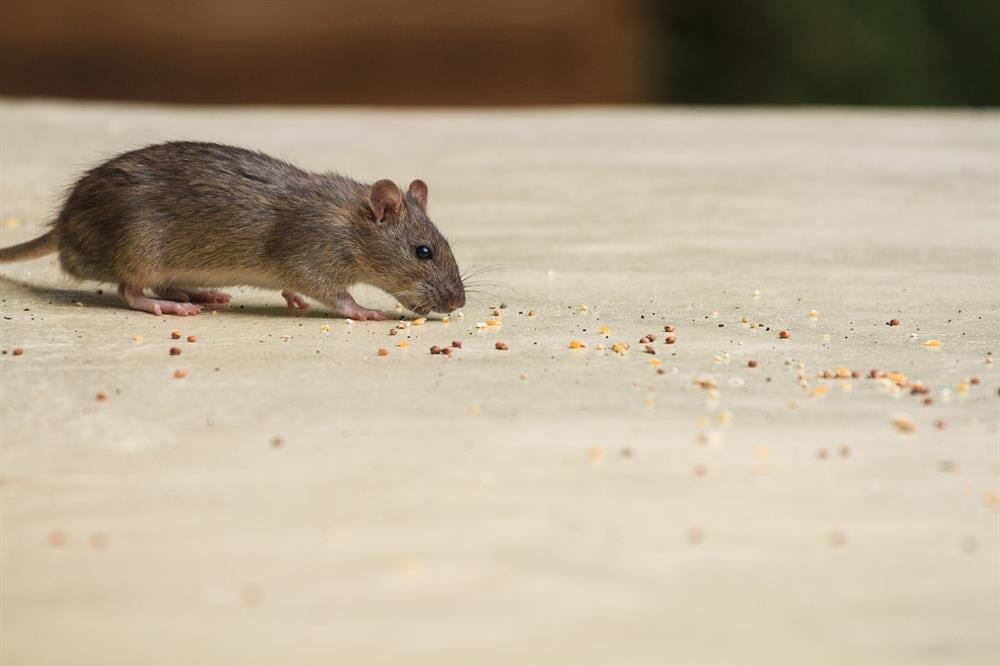
Concrete floors are ideal as it makes it much easier to keep swept and disinfected but this isn’t feasible for everyone, therefore the use of wooden pallets can be helpful to place your items and lift them off the ground.
Contamination issues
It is useful to keep hold of your empty feedbag or take a picture of the label until you buy a new one. This will help you link which batch you have in case of a product recall. No bag = no proof of whether your feed is affected.
Avoid eating and drinking in the feed room as some of our food and drink may contain NOPS (Naturally Occurring Prohibited Substances) such as caffeine.
For more information on NOPS click here.
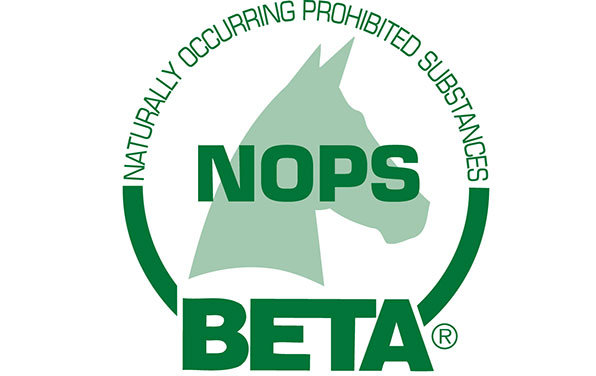
To reduce cross contamination, use a separate scoop for each type of feed and supplement. This is important as some may contain ingredients that another horse cannot or should not consume, either due to allergies or if they are a competition horse who cannot have any prohibited substances (NOPS).
By labelling your feed bins clearly this will reduce the risk of accidentally feeding incorrectly.
Unfortunately, sometimes our horses require veterinary treatment and even medication which is often stored in our feed rooms. It is wise to keep medication in a safe place in a sealed container away from feed and supplements. If it needs to be kept cool, then why not consider installing a mini fridge either in the feed room or tack room?
If one horse is receiving medication in their feed and not the others, make sure you keep the same bucket just for that individual. By Labelling each horse’s buckets or even colour coding them you will avoid any mix ups.
Feeding correctly
A common mistake is measuring feed by volume and not weight. Whilst a scoop of chaff might weigh 0.5kg, a scoop of pellets could weigh 1.5kg. A good idea is to find out how much a scoop of each type of feed weighs in order to make sure you are feeding the correct amounts. Most feed bags and supplements will provide you with a feeding guide but if you are unsure it is always best to ask a Nutritionist.
Using a whiteboard can be useful to note down what each horse’s feed rations are, including weights and what supplements they are given. Keeping a record too can be useful to be able to look back at, should the need arise.
One supplement for all your horse's needs
If you’re looking to declutter your feed room and make your life a little easier, then why not have a look at our bespoke all-in-one supplement which ensures that each individual horse receives the exact nutritional support required, at the correct levels to suit their needs.
